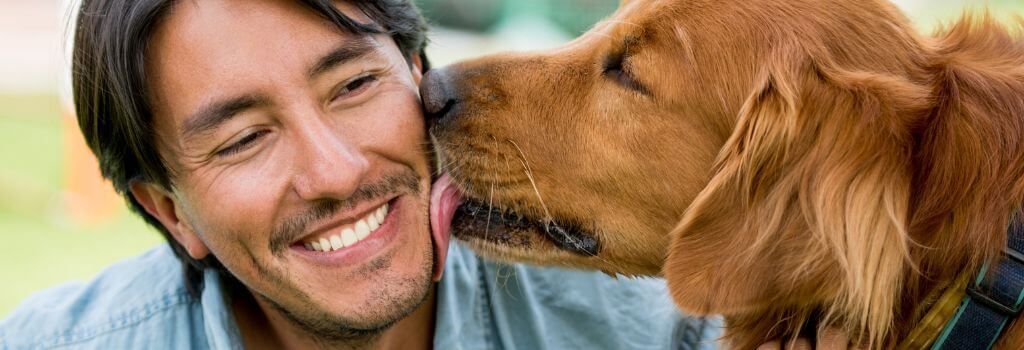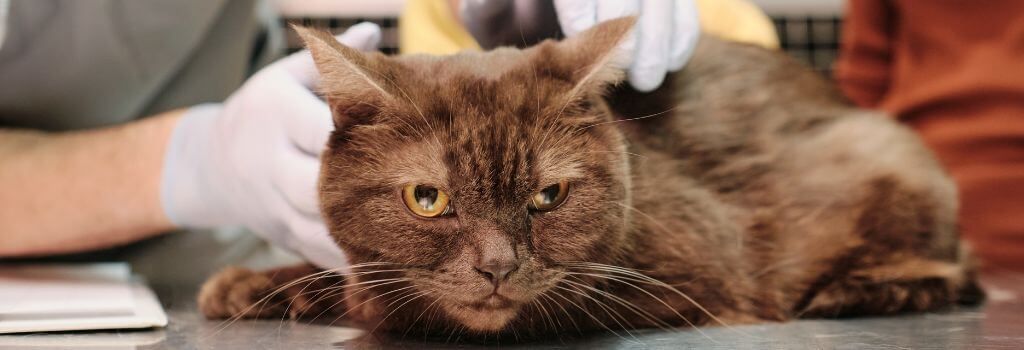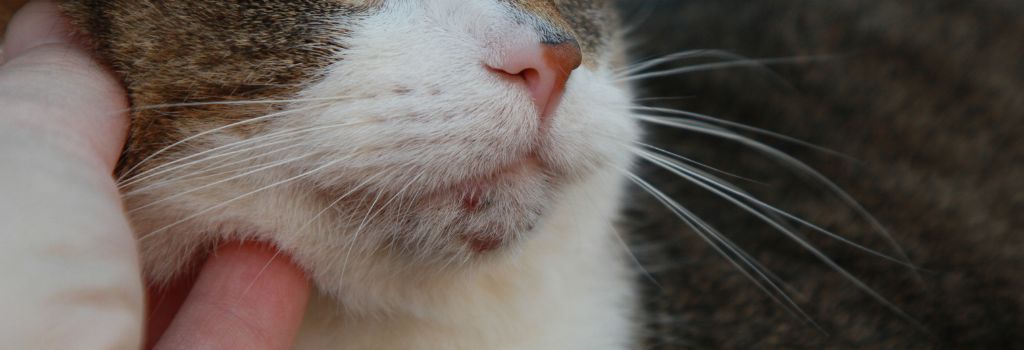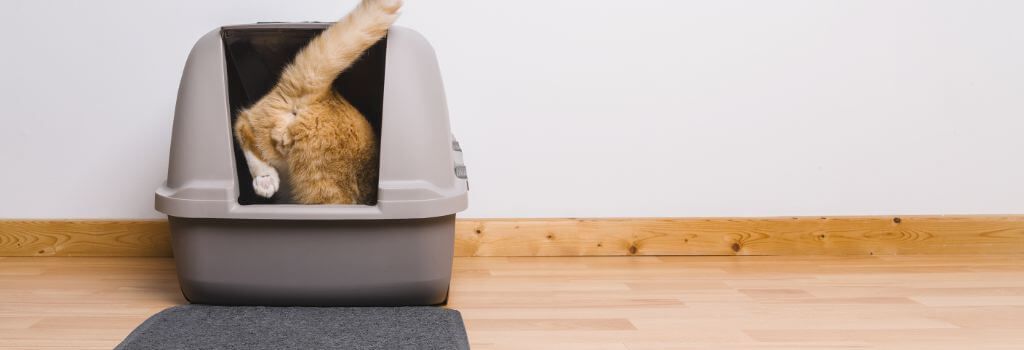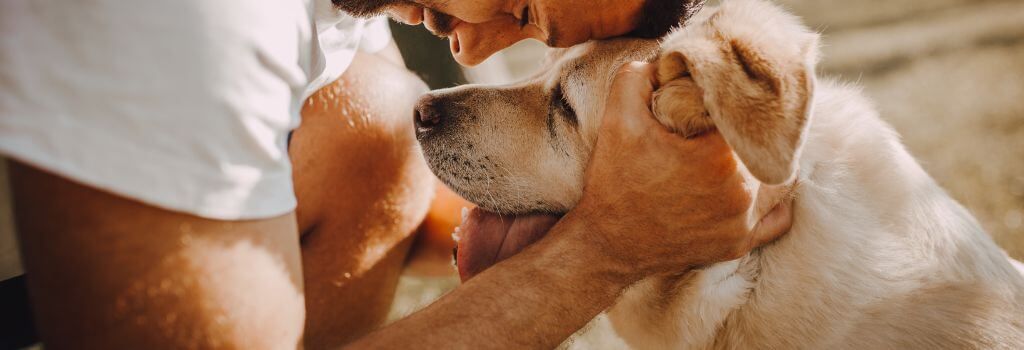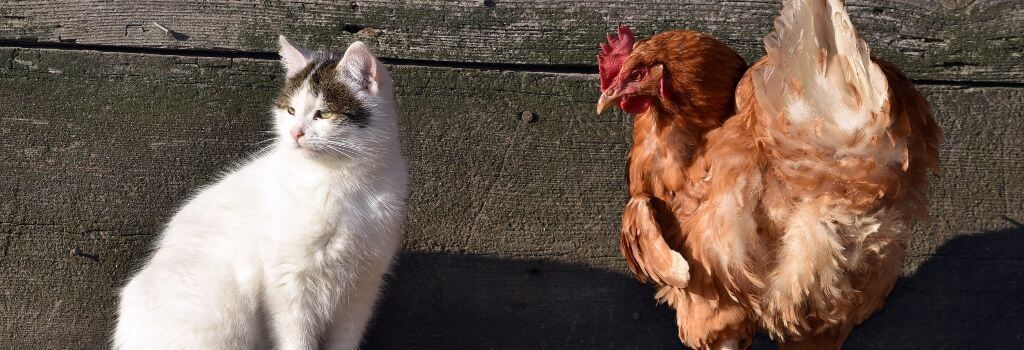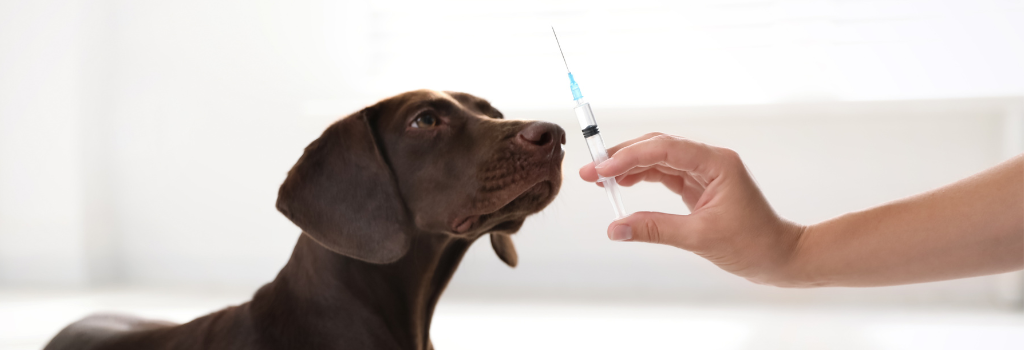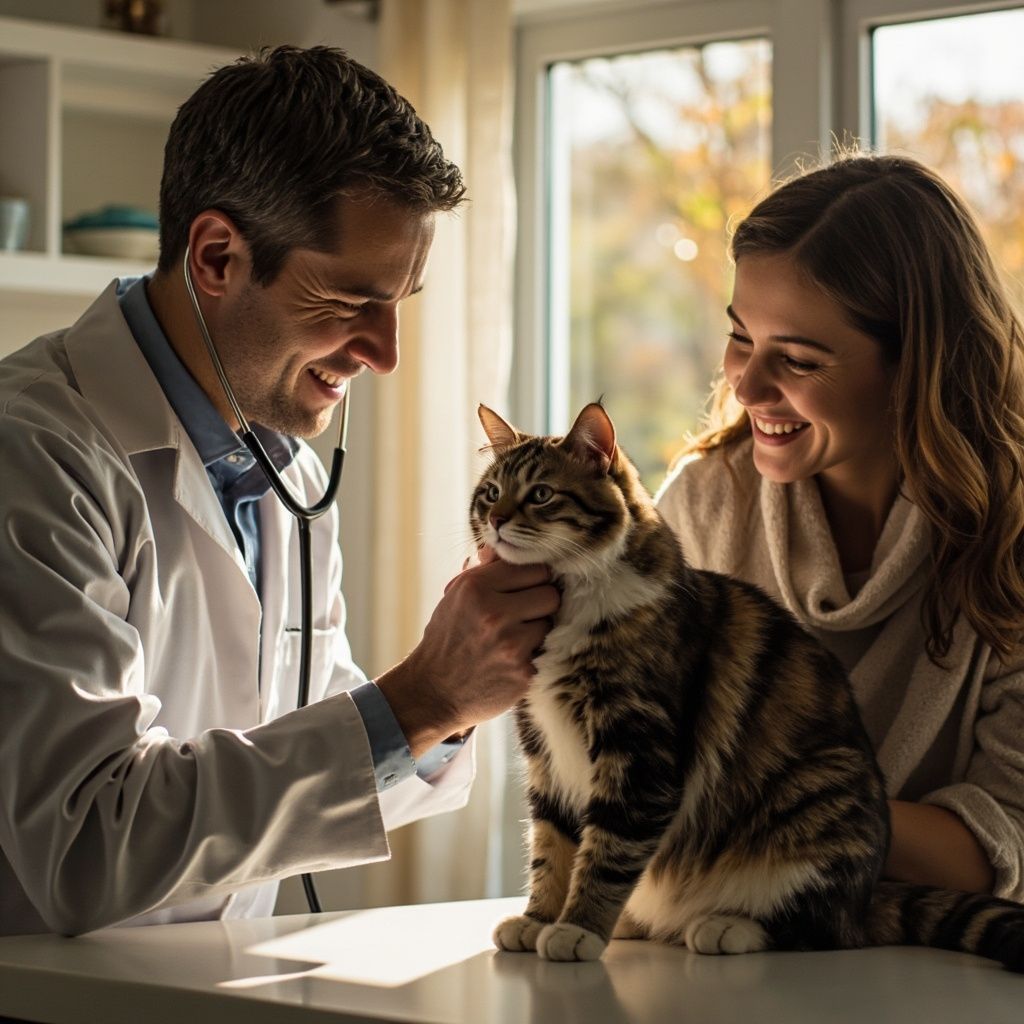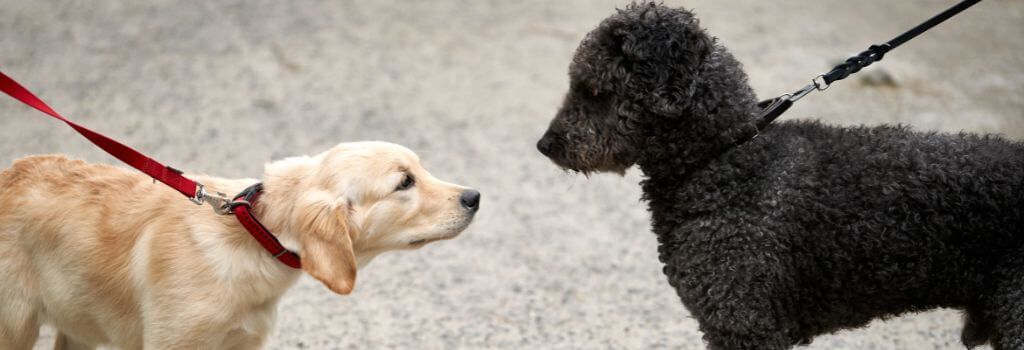Pet Obesity Awareness: 6 Tips to Keep Your Dogs and Cats Healthy
Today we want to draw your attention to pet obesity, let's pause and reconsider before handing over that extra treat or dinner table scraps. The Association for Pet Obesity Prevention (APOP) hopes knowledge about pet obesity will achieve--a rethinking of our everyday habits that might add weight to the scale at their next veterinarian visit.
An APOP clinical survey revealed that nearly 56% of dogs and 60% of cats are clinically overweight or obese. Perhaps more alarming is that only 39% of dog owners and 45% of cat owners consider their pets overweight or obese ; therefore, millions of pet owners aren't taking action to shed their pets' extra pounds.
If you or your vet have noted weight gain on your dog or cat, consistent changes to their diet and routine prove very effective in reversing the effects of obesity and giving your pet the extra energy they've been missing. Following are suggestions to keep your precious pet healthy and make sure they live the longest life possible.
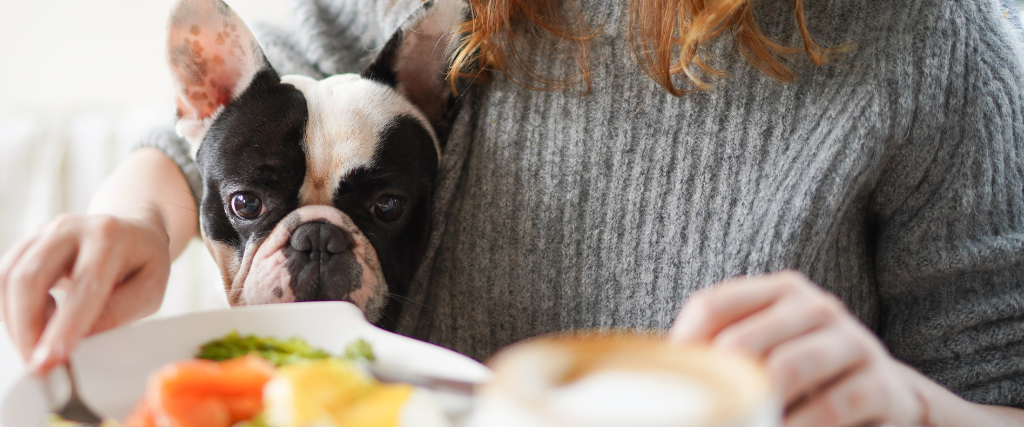
1. Track their Weight
Knowing your pet's current and ideal weight is the first step in ensuring they're in a safe zone. Your veterinarian can provide a healthy weight range for your dog or cat, considering their age, breed, and overall health. Monitor their weight regularly at home using a regular bathroom scale for cats and small breed dogs. If you have a larger breed dog that you can hold, weigh yourself first, then pick up your dog and subtract the difference. For large breeds that cannot be picked up, veterinarian offices welcome regular weigh-ins free of charge to help you monitor their weight. They'll be glad you're taking a proactive approach.
2. Double Check Serving Sizes
As humans, we understand that portion control can be challenging. When our dogs or cats want more food, giving them another scoop is tempting to make them happy. However, this leads to extra calories and extra weight.
To avoid overfeeding your pet:
- Stick to specific meal times, and your pet will quickly learn when it's time to eat and when it's not, reducing begging and the tendency to overfeed
- Avoid free-feeding (keeping their bowl full at all times), which usually means your pet is eating more than they should
- Check the labels on your pet's food to ensure they're receiving the appropriate serving size
- Use a food scale instead of a measuring cup for better accuracy
3. Select the Right Food
Check with your veterinarian about the ideal food for your dog or cat. With many options available, it's often difficult to discern the good choices from the bad. Puppies and kittens need food formulated for their early life stage, with a necessary transition as they enter adulthood and require fewer calories. Another change in food should happen when they become a senior dog or cat. Weight is an excellent topic of conversation with your veterinarian at your pet's annual wellness check-ups.
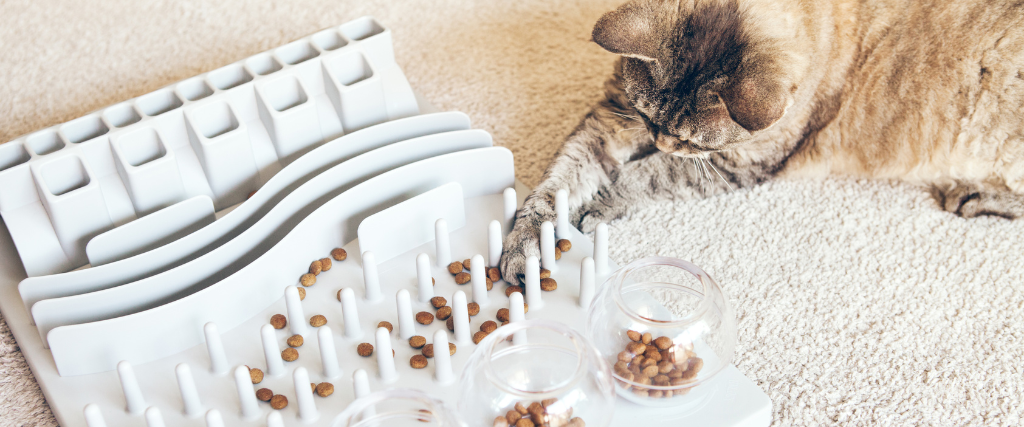
4. Keep Them Active
Pets need exercise and activity, not only for their weight and physical well-being but for their mental health. For dogs, establish a daily routine that includes a long walk to burn calories. You can even incorporate your dog into your exercise regimen if it consists of a power walk or a light run. In addition to walks, take them swimming or play a game of fetch. For cats, get a laser and have them chase it. Point the laser up and down the stairs and across the room to keep them moving. Don't use this method with dogs, this can cause them stress and potentially lead to behavior problems. Invest in a cat tower that they'll enjoy climbing several times a day, keeping them moving and limber. Put their favorite toy in the top-most landing to challenge them.
5. Skip the Table Scraps
No one likes wasting food, especially with the hefty price tag we're paying at the grocery store these days. It's common for the leftover chicken or beef on your dinner plate to be given to your dog to avoid waste and make them happy at the same time. Unfortunately, these are extra and unnecessary calories that will add to your pet's waistline. While they might appreciate the table scraps now, you and your pet will regret it when they're overweight, lacking energy, and not feeling their best. If you want to toss your pet the occasional table scrap, reach for the low-calorie, low-salt extras on the dinner plates.
6. Purchase an Interactive Feeding Toy
Interactive feeding toys make your dog or cat work for their food, burning calories while consuming calories. They also force your pet to eat more slowly, allowing their brain to catch up with the fact that they're eating and telling them they're full sooner. Aside from the physical health benefits of interactive feeding toys, they also provide much-needed mental stimulation and keep them busy while you're away.
On National Pet Obesity Awareness Day, start implementing at least a few of these tips, and your pet will thank you in the form of good health and longevity. As a starting point, use this handy reference chart from the AVMA to see how your pet is faring regarding weight. Contact us if your dog or cat continues to gain weight despite your best efforts.
Recent Posts
